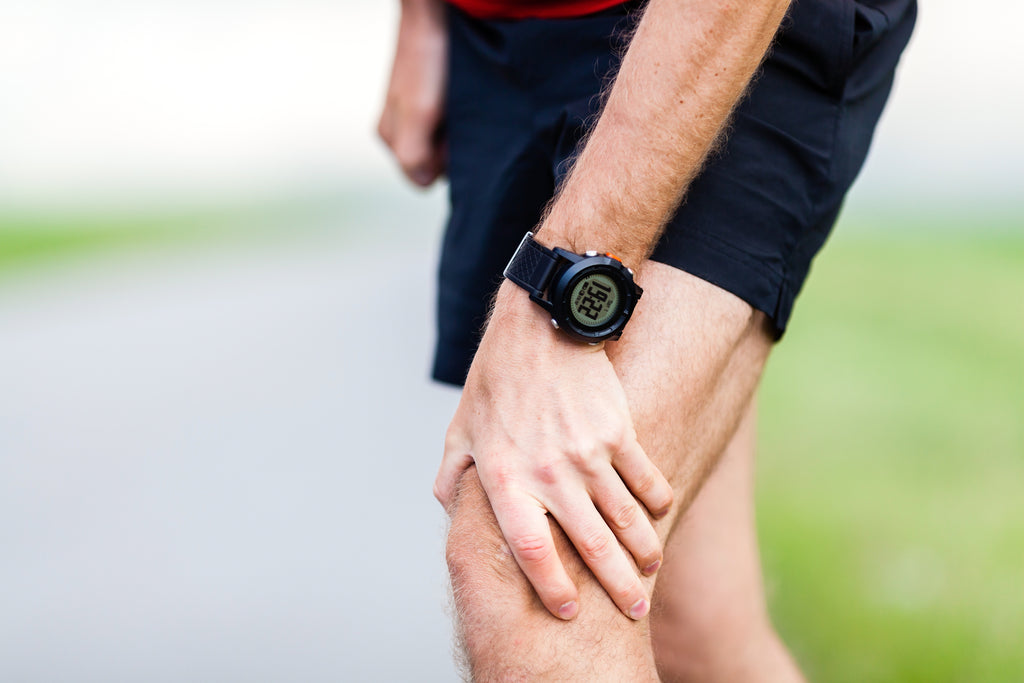Runner's Knee: How to Protect Yourself and Prevent Knee Injuries When Running

As a runner, there are several common injury types you should watch out for.
Running means strain, and this stress can impact the joints and tendons over time. Ankles, knees and hips often take most of the attack – and for most runners, these joints are what can eventually hurt the most.
Runner's knee is one of the most common running-related injuries.
If you experience regular pain, swelling and general inflammation of the knee, runner's knee could be the cause – and you don't have to be a runner to develop it, but many other careers and sports that have associated knee-strain could have the same symptoms.
Here's what you should get to know about runner's knee, including how to protect yourself and prevent any risk of knee injury when running.
About Runner's Knee
What is Runner's Knee?
Runner's knee is a repetitive-strain condition that affects the muscles, joints and tendons of the knee. Like arthritis, it causes chronic and painful inflammation in the affected joint – and for a runner, it can put them out of any exercise until the knee has healed.
The condition isn't just common for runner's, but also for any careers or sports with associated impact on the knee. Service industry staff also develop runner's knee, as do cyclists and soccer players.
What Are the Symptoms of Runner's Knee?
Runner's knee has symptoms that can be similar to gout or arthritis, but is caused by repetitive running strain and impact rather than by a hereditary health condition.
Runner's knee is painful, and that's the first symptom that most will notice. It can also lead to pain and swelling, and sometimes warmth on the joint due to the inflammation worsening. True to its name, runner's knee typically feels worse immediately after running.
Runner's knee can also limit your range of movement. Many people notice feeling stiff and pained, more than usual, as their first symptoms.
If you have conditions like arthritis combined, you are at a higher risk for injury and could experience worse symptoms together with runner's knee.
What Are the Implications of Runner's Knee?
Runner's knee is always serious.
Developing runner's knee can mean that you increase the risk of further, serious injury. Continuing to strain runner's knee without relief or treatment can make injury permanent.
When inflammation flares up, it could keep even the fastest, best runners from being able to do their best.
Protection and prevention is your best chance.
Protection and Prevention of Runner's Knee
Warm-Ups and Cool Downs
Warm-ups and cool downs reduce the chance for inflammation to set in, and prepares the joint (or winds it down after exercise).
Rest
Don't underestimate rest. Always know when you have been pushed past your limits, and never strain beyond what you know you can handle.
Brace the Joint
Runner's knee can benefit from the use of knee braces, or sometimes KT-tape – which is easier to apply for the most comfort. This offers thorough support, and strengthens a resting or inflamed joint.
Maintain Previous Injuries
If you are a runner with any previous injuries, do your best to maintain their symptoms. Back and ankle injuries have a massive impact on the knees, and can lead to or worsen runner's knee.
Conclusion: Prevention and Care
Runner's knee is a serious condition that can affect any runner, and at any time.
If you do not have it yet, you can still take steps to ensure you don't develop the condition. If you already have it, there's just as much you can do to relieve it.
- Grivet Outdoors
Comments 0